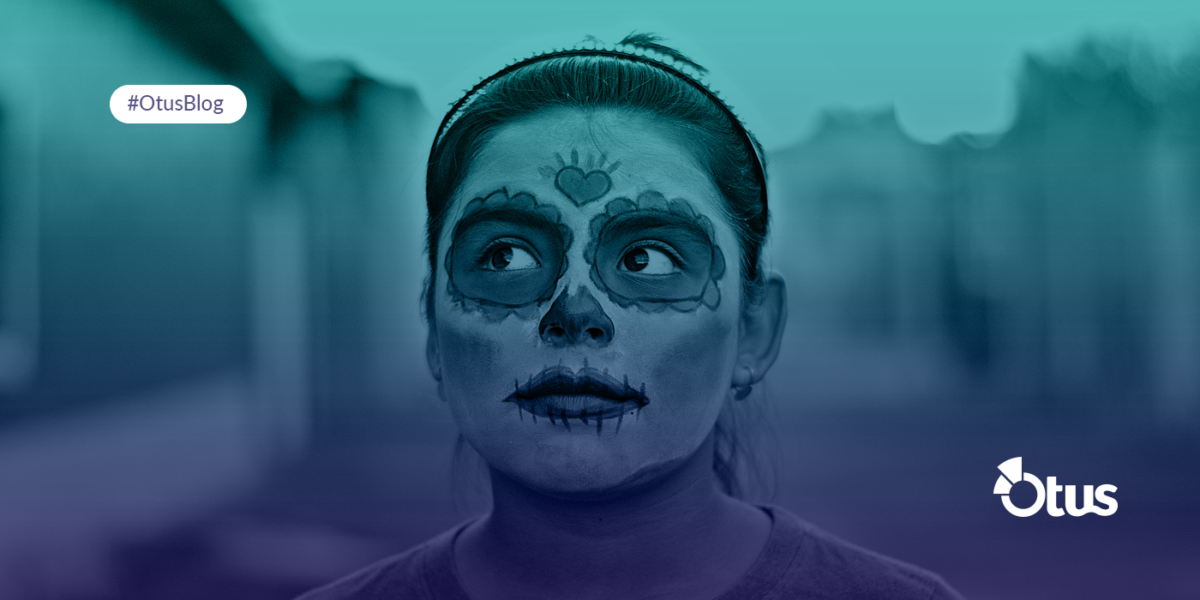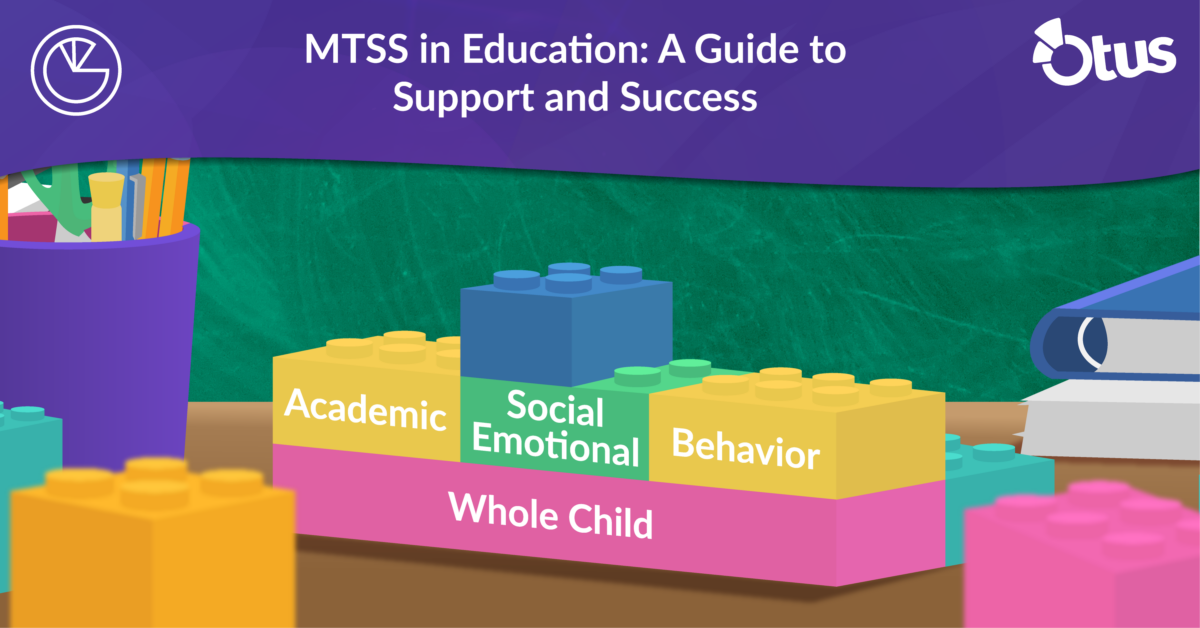This is part three of three about culturally responsive teaching and learning with Otus. Part three discusses culturally responsive leadership.
In the second post of this series, we discussed culturally responsive instruction in diverse classrooms. In this post, we will explore how educational leadership can impress culturally responsive dimensions of learning to establish inclusive school communities.1
With Otus, organizational leaders can tap into the sociocultural dimension of schooling. The sociocultural dimension recognizes the student’s identity, knowledge, and multi-cultural heritage.2
Schools that complete the Otus Learning Profile for each student can learn more about a student and their cultural identity and affinity from their family, the environment around them, and individualized learning preferences.3 Students can write in each section of the Learning Profile about:
- Themselves: Students can describe their family, hobbies, friends, and favorite things.
- How they learn: Do students like to hear the directions read to them or do they like to read them on their own?
- How they stay focused: How do your students become interested in a topic and stay interested in a topic?
- How they express themselves: Do students prefer to use technology and/or hands-on materials?
Additionally, results from the integrated Thrively assessment in the Otus Learning Profile provide all stakeholders with insight into a student’s mindset. To read more about Thrively in Otus, click here.
As educational leaders learn more about students and their cultural identities, they can also tap into the socioemotional dimension of schooling to promote cultural identity in learning.4
Administrators can view and analyze socioemotional data in Otus in real time. Both student recognition and participation data can support educational leaders as they put into context both individualistic and collectivist cultural backgrounds of students and identify what student beliefs and behaviors motivate them.5
Some cultures in the United States, Europe, and Australia exhibit more individualistic behaviors. The values of individual effort and self-sufficiency are deeply enduring, so these children may resist efforts to encourage peer assistance. Comparatively, some cultures in Asia, Central America, South America, and Africa tend to be more collectivistic. Children from more collectivist cultures may have been taught the value of providing assistance to others. These students may find it difficult to resist helping their peers, even when they are directed to work independently. Likewise, we must remember that every child is unique and celebrate diversity as it contributes to the culture of schooling.6
With both sociocultural and socioemotional data top of mind, educational leaders can continue to work and communicate with students and their families in culturally consistent ways. As different cultures hold different views about appropriate behaviors and schooling, administrators can draw upon the Otus Family portal as a bridge to develop cross-cultural understanding between school and family.7
Educational leaders can encourage families from diverse cultural backgrounds to view student achievement and behavioral data within the Otus Family portal. Family members can even view their student’s Otus Learning Profile and leave comments to provide additional insight into their children’s culture and educational experiences. Families can share whether their child is experiencing any cultural conflicts, what their educational goals are for their child, and whether there are any special needs or customs about which schools need be aware.8
Otus can provide educational leaders with both sociocultural and socioemotional evidence to inform their understanding of student achievement and the cultures and communities in which their students live. School leaders have real-time visibility into student growth and families feel informed and connected so they can support learning outside the classroom. In this way, schools can work closely with families to put learning in perspective and collaborate to devise frames of mind, strategies, and best practices to support the best interests of all students in diverse classrooms.9
References
1. Randall B. Lindsey, Michelle Karns, and Keith Myatt, Culturally Proficient Education: An Asset-Based Response to Conditions of Poverty (Thousand Oaks, CA: Corwin, 2010).
2. Belinda Bustos Flores and Mari Riojas-Cortez, “Measuring Early Childhood Teacher Candidates’ Conceptualizations of a Culturally Responsive Classroom Ecology,” The Journal of Classroom Interaction 44, no. 2 (2009): 4-13,
3. Ibid.
4. Ibid.
5. Carrie Rothstein-Fisch and Elise Trumbull, Managing Diverse Classrooms: How to Build on Students’ Cultural Strengths (Alexandria, VA: Association for Supervision and Curriculum Development, 2008).
6. Carol Weinstein, Mary Curran, and Saundra Tomlinson-Clarke, “Culturally Responsive Classroom Management: Awareness into Action,” Theory Into Practice 42, no. 4 (2003): 269-76, Kendra Cherry, “What Are Individualistic Cultures?” VeryWell.com, updated Feb. 13, 2016, https://www.verywell.com/what-are-individualistic-cultures-2795273; and Kendra Cherry, “What Are Collectivist Cultures?” VeryWell.com, updated Feb. 13, 2016, https://www.verywell.com/what-are-collectivistic-cultures-2794962.
7. Rothstein-Fisch and Trumbull, Managing Diverse Classrooms; and Weinstein, Curran, and Tomlinson-Clarke, “Culturally Responsive Classroom Management.”
8. Weinstein, Curran, and Tomlinson-Clarke, “Culturally Responsive Classroom Management.”
9. Rothstein-Fisch and Trumbull, Managing Diverse Classrooms; and Weinstein, Curran, and Tomlinson-Clarke, “Culturally Responsive Classroom Management.”




